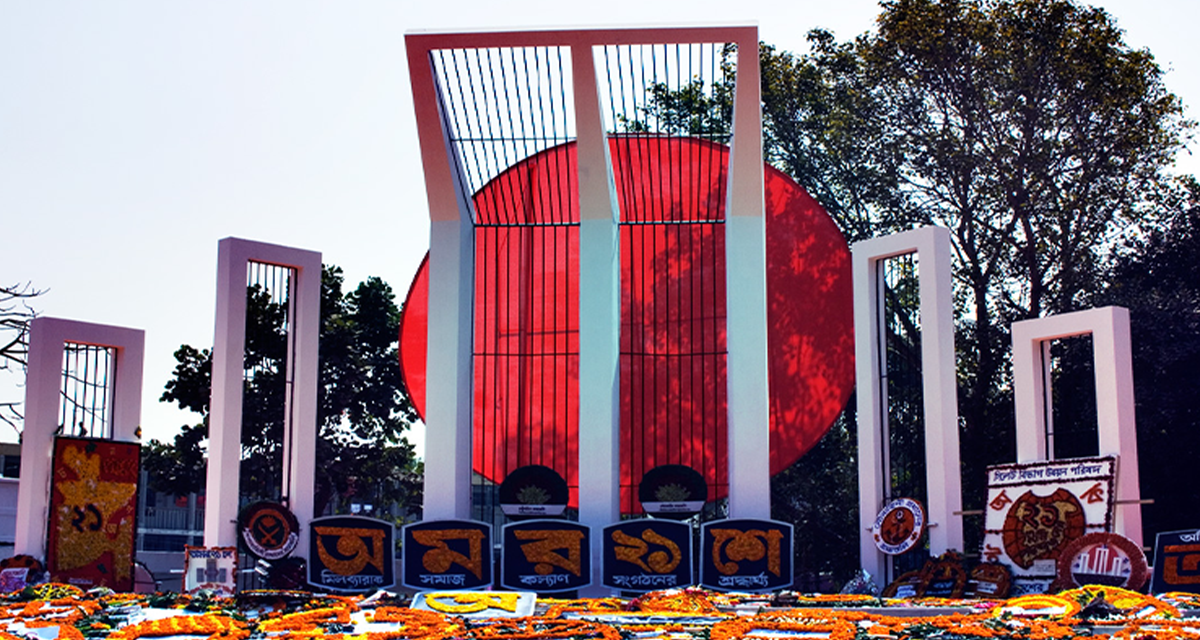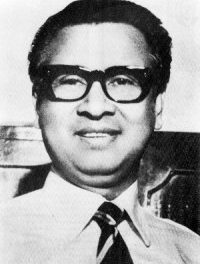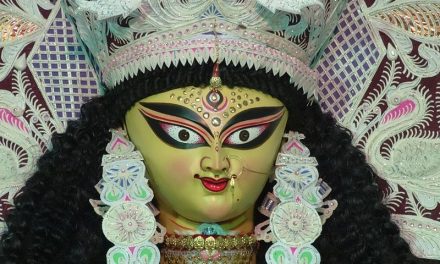International mother language day is celebrated worldwide on 21st February to promote and value the richness of the linguistic and the multitude of cultural diversity which all the citizens and the residents of the world enjoy. The day was first announced by UNESCO on 17 November 1999 and was formally recognised by the United Nations General Assembly under a resolution in the year 2002 mother language day is to promote and preserve all languages including is protection is the core message as at its heart. It is a reminder to the martyrs and the family of 1952 who paid the penultimate price for the love and affection of their mother tongue. This year marks the sixty-ninth anniversary of the terrible tragedy and the power of self-sacrifice and honour of the brave few.
Pakistan and the Objectives Resolution
On 7th March 1949, the Prime Minister of undivided Pakistan, Liaquat Ali Khan, presented the 12 point Objectives Resolution, which laid the basis for Pakistan’s future constitution. The Resolution was passed on 12th March 1949 by the constituent assembly of Pakistan. Article 2 of the Resolution was controversial as it created a theological basis of statehood instead of a secular basis, as Mr Jinnah had envisaged. Liaquat Ali Khan proclaimed that the Resolution was the second most important historic event after Pakistan’s Independence. The Resolution drew sharp criticism from liberal freethinkers and intelligentsia like Birat Chandra Mondal, Sris Chandra Chattopadhyaya and Ayaz Amir.
The 1949 Objectives Resolution exposed the complete fallacy of Jinnah’s proposition of successfully transforming an overwhelmingly Muslim majority Punjabi-dominated West Pakistan into a secular constitutional social democracy and sharply brought out the peasant-landlord fault line between the West and the East. The relevance of the Objectives Resolution here is that it formed the political basis for the forcible imposition of Urdu (Language) on the Bengali speaking population by the West Pakistani establishment. It also created the basis of a narrative of Urdu speaking Muslims’ racial superiority over their Bengali speaking counterparts in the years leading up to and during the 1971 liberation war. One of the direct effects of the Objectives Resolution was setting up an alternate political agenda in the East based on regional issues and thus creating a divide between the Western and the Eastern wings of Pakistan.
On 21st March 1948, Muhammad Ali Jinnah told at a public meeting that the State language of Pakistan is going to be Urdu and no other language.
Let me make it clear to you that the state language of Pakistan is going to be Urdu and no other language. Anyone who tries to mislead is merely the enemy of Pakistan.
This statement laid the very first foundation of friction and fracture in the newly found country, the seed of hate and deliberate discrimination by the elite of the establishment in the western wing.
Language movement
In 1952, Bengali students primarily from Dhaka University rose up in arms and protested against the Pakistani government for declaring Urdu as the national language. The majority of the Pakistani citizen (as of 1952), that is to say, about 54% (headcount) of the citizens, were Bengali. Only 7% were Urdu speakers in the country at that time. During the protest, several students died for the Bengali language.
The Urdu-Bengali controversy was again reignited when Jinnah’s successor, Governor-General Khawaja, defended the Urdu-only policy in a public meeting on 27th January 1952. On 31st January 1952, the Shorbodolio Kendrio Rashtrobhasha Kormi Porishod (All-Party Central Language Action Committee) was formed at Bar Library Hall of the University of Dhaka. The meeting was chaired by the dynamic Abdul Hamid Khan Bhashani (popularly known as Maulana Bhashani). The action committee called for an all-out protest on 21st February 1952, including strikes and rallies. Students of the University of Dhaka and other institutions gathered on the university premises on 4th February 1952 and warned the government to withdraw its proposal to write Bengali in Arabic script, and insisted on recognising the Bengali language as part of the state language too.
As the preparations for demonstrations were going on, the government imposed Section 144 in Dhaka, thereby banning any gatherings of more than three people. The government wanted to impose a blanket cover to restrict any public gathering in anticipation of any signs of unrest in the masses.
At nine o’clock in the morning, students began gathering at the University of Dhaka premises in defiance of Section 144. The university vice-chancellor and other officials were present as armed police surrounded the campus. By quarter past eleven that very same day, students gathered at the university gate and attempted to break the police line. Police fired tear gas shells towards the entrance to warn the students. A section of students ran into the Dhaka Medical College while others rallied towards the university premises cordoned by the police. The vice-chancellor asked the police to stop firing and urged the students to leave the area. However, the police arrested several students for violating section 144 as they attempted to flee. Enraged by the arrests, the students met near the East Bengal Legislative Assembly and blocked the legislators’ way, asking them to present their issue at the assembly. In the meantime, a group of students sought to storm into the building; the police opened fired and killed several students, including Abdus Salam, Rafiq Uddin Ahmed, Abul Barkat and Abdul Jabbar. As the news of the killings spread, disorder erupted across the city. Shops, offices and public transport were shut down, and a general strike began.
At the assembly, six legislators, including Manoranjan Dhar, Boshontokumar Das, Shamsuddin Ahmed and Dhirendranath Datta, requested that chief minister Nurul Amin visit wounded students in hospital and that the assembly be adjourned as a sign of mourning.
On 7th May 1954, the constituent assembly resolved, with the Muslim League’s support, to grant official status to the Bengali language. Bengali was recognised as the second official language of Pakistan on 29th February 1956, and article 214(1) of the constitution of Pakistan was changed accordingly.
The Western wing’s reaction to the language movement was full of hatred. The elite establishment labelled it as a sheer form of ethnic nationalism by the Bengali population. This also brought the deep divisions of the social, cultural and political differences between the two parts of Pakistan in to the limelight.
It is to be worth mentioning here that in the western wing there were a multitude of other ethnic languages spoken by various parts and people predominantly from Baluchistan to Sindh, Frontier province and beyond. These various provinces felt the strong urge to hold on to their century-old mother tongue rather than embrace a newly imposed language by Pakistan’s elite ruling class.
Outside Bangladesh, in the Indian state of Assam, a similar language movement (Barak valley Bengali Language movement.) had taken place by the Bengali speaking population against the announcement of only Asameese as the primary language in the state. Nine years from Dhaka’s events, on 19th May 1961, around eleven Bengali youths were mercilessly killed in a police firing at Silchar railway stations. They were demanding similar rights of recognition of the Bengali language and the preservation of the mother tongue. After the incident, Bimala Prasad Chahila led Assam government had to withdraw the circular and Bengali was made official language of three districts of Barak Valley.
Image Courtesy: Mostaque Ahammed
















